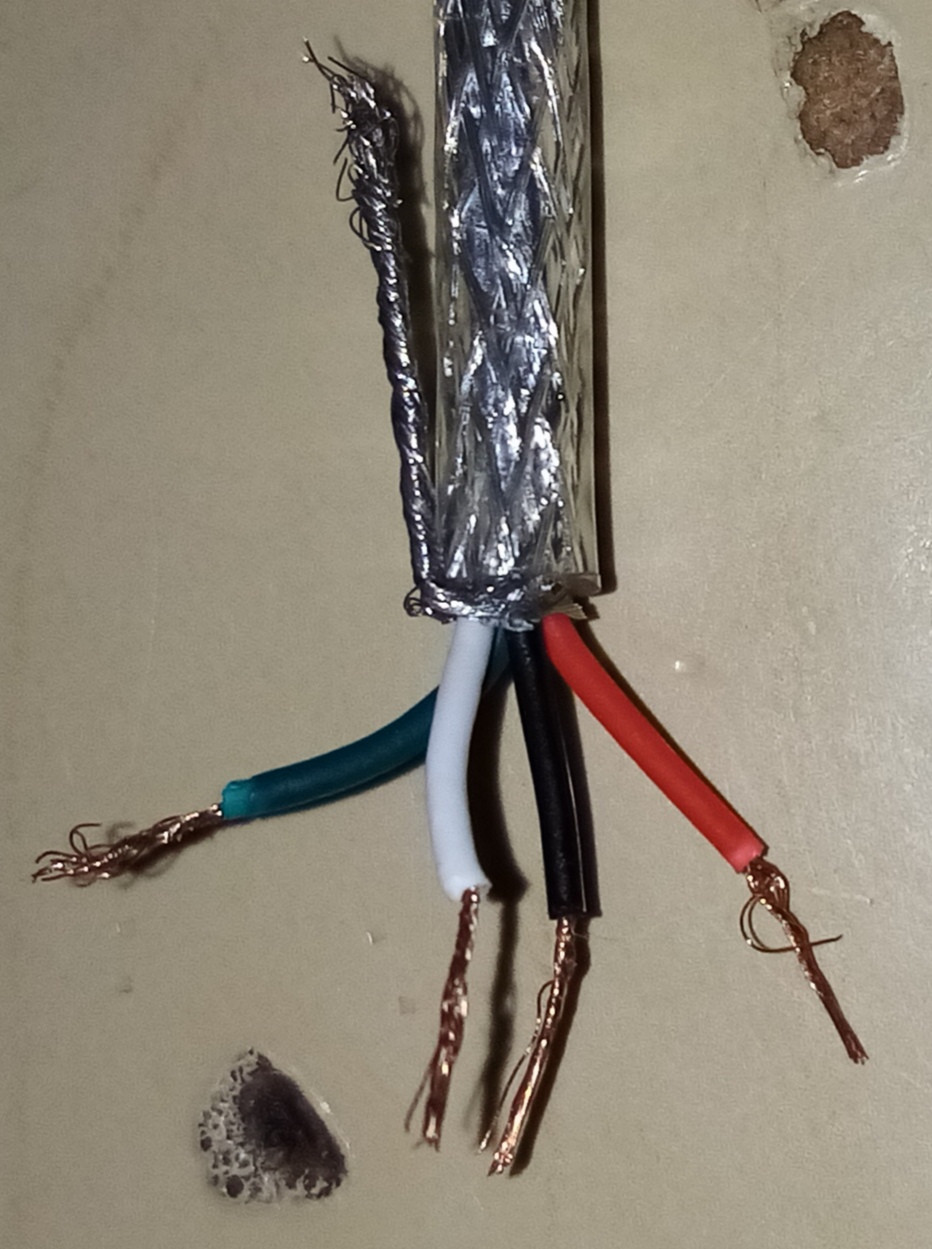My previous post (Pictures from the previous post as well)
So far all of the answers and comments yielded no solution to my problem.
This post offers a different method to communicate serially with the reader.
I bought a serial to USB connector cable.
I connected this to my reader and then to my PC's USB port. I opened the Arduino serial monitor and behold my amazement I was reading data correctly. So I thought why couldn't I strip the USB connector and expose the Vcc, GND, TX and RX wires. So I did.
I then connected the Vcc to +5V (Arduino), GND to GND (Arduino), RX to TX and TX to RX. I then opened up the serial monitor after uploading the serial code but still no data. I then changed the RX to RX and TX to TX and still no data.
However, when I connected the serial to USB cable straight to my PC (before striping the USB connector) the serial data was been correctly transmitted and viewed from the serial monitor. So why when I put my Arduino as the "middle man" the data does not go to my PC serial monitor?
The baud rate was 115200. I cannot change this baud rate because it is the spec of the reader. Additionally, I transmitted data successfully at 115200 by using my PC as the host (using Putty at 115200). So the baud rate is not the issue.




